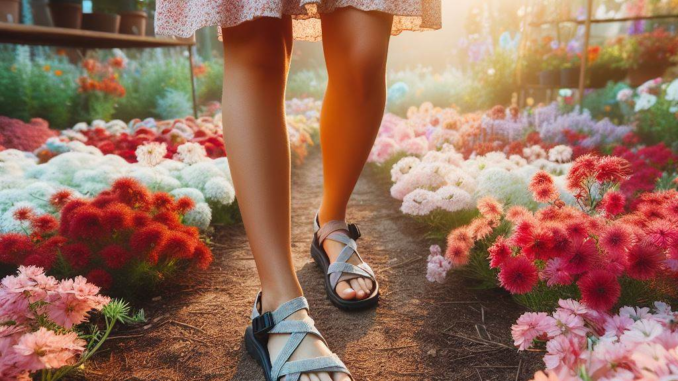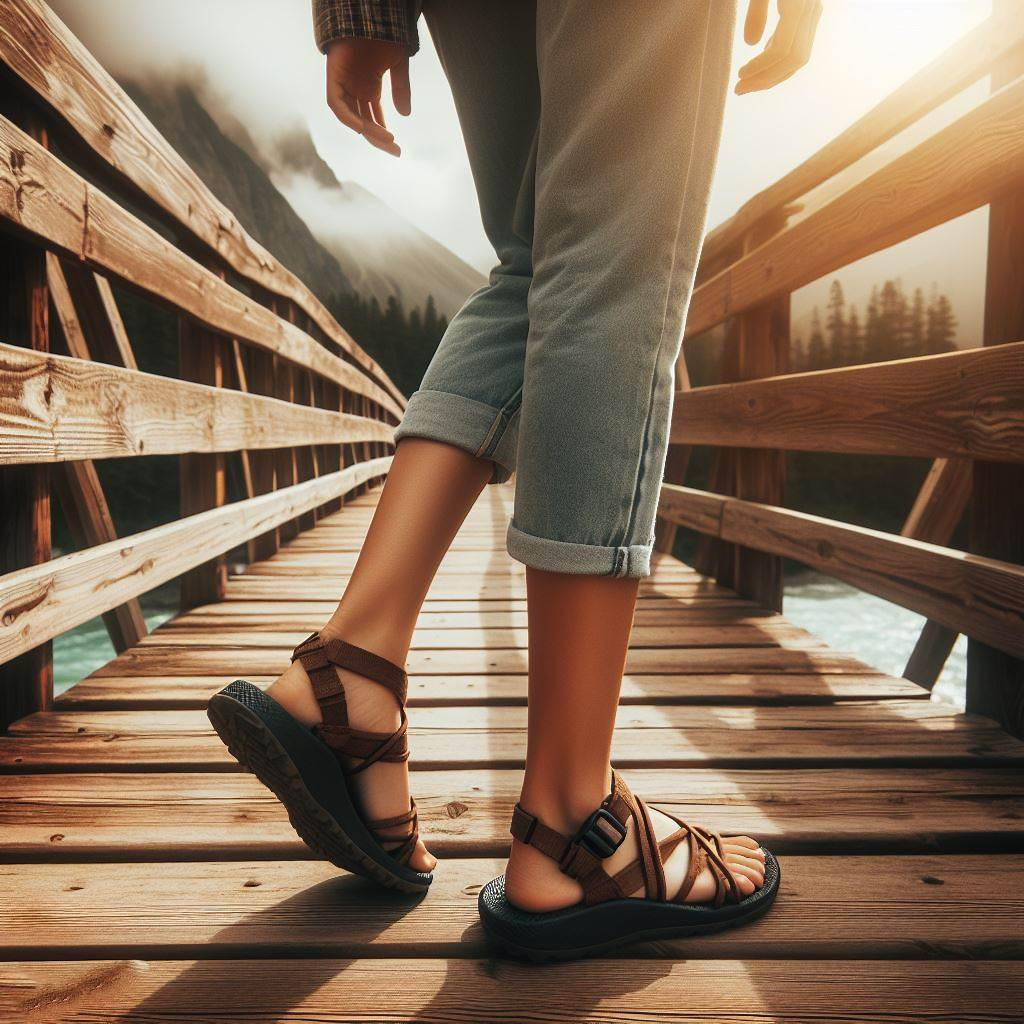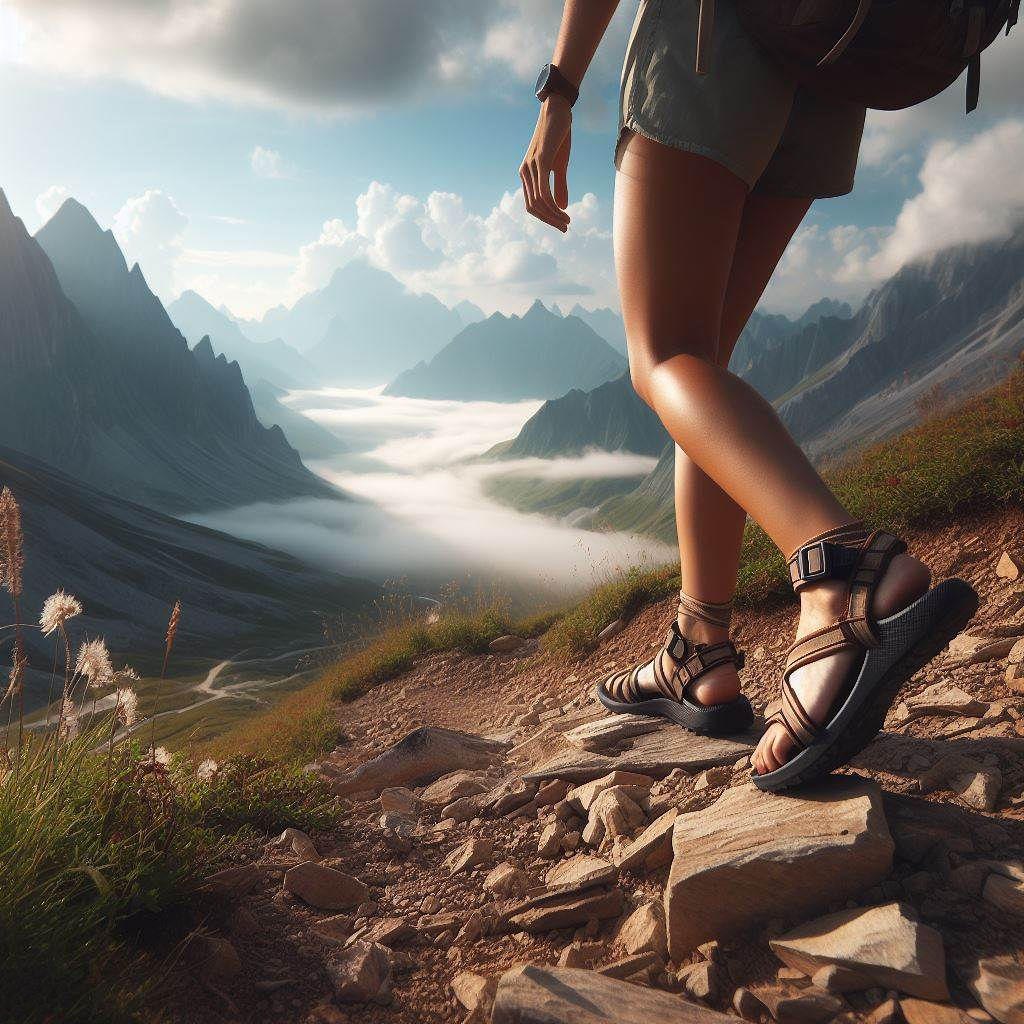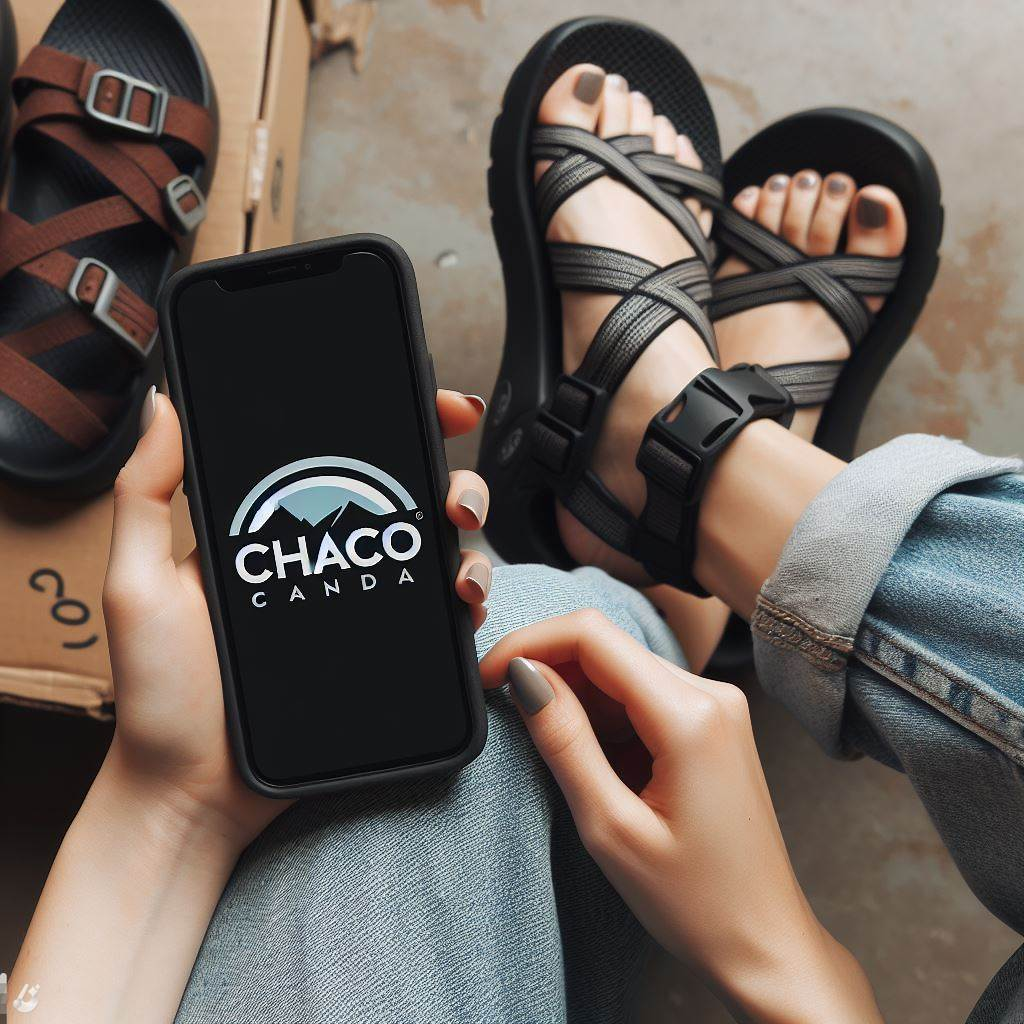
Are Chacos good for walking all day?
When my buddy Jake first suggested doing an all-day hiking trip in Chaco sandals, I’ll admit I was a bit skeptical. As someone who prefers boots for long distances, the idea of strappy open-toed shoes had me envisioning blisters and sore feet before we even began. But Jake swore by the comfort and versatility of Chacos for walking, backpacking, and even water activities.
“Trust me, man, once you break them in, you’ll never go back to closed-toe shoes again,” he claimed. Still unsure, I decided to research whether Chacos could withstand a full day of walking. I explored insights from outdoor gear sites like Hikers Needs and Honest Brand Reviews to understand the potential pros and cons. Here’s what I discovered about the all-day comfort of everyone’s favorite “cool dad” sandals.
The Comfort Factor
One of the main things that stood out in my research was how comfortable Chacos seem to be for most wearers. The brand touts its signature LUVSEAT footbed as being anatomically designed with arch support, heel cups, and metatarsal rise to promote foot alignment and stability. Apparently, this helps prevent common issues like overpronation or plantar fasciitis discomfort. One blogger even said her chronic arch pain was significantly reduced after switching to Chacos!
I also read that the toe loop in certain Chaco models offers a snugger fit around the foot. This enhances that “custom molded” feel even more. And of course, not constricting your feet in closed shoes means superior ventilation. Your feet can swell freely without getting all sweaty, stinky, and blister-prone like they might inside boots or tennis shoes.
The Break-In Period
“Breaking in the straps and footbed is crucial for all-day comfort,” explained an avid hiker named Maria in an online forum. “Those first few weeks, the straps dug into my skin something fierce. But after continued wear, they soften up and contour perfectly to your feet.” This break-in concept made sense to me. Just like a baseball glove, the more you use Chacos, the more customized they become to your feet.
Maria said she now hikes for 8+ hours in her customized Chacos with no issues. “It’s like having happy little clouds hugging my feet, even on rugged terrain!” she enthusiastically proclaimed. Her colorful description definitely boosted my confidence in Jake’s sandal suggestion. Maybe with time, my feet would enjoy that same pillowy comfort.
Dealing with the Elements

In addition to comfort, I explored how Chacos might hold up in various environmental conditions expected on the trail. Two key qualities stood out…
- Water-Resistant: Multiple product reviews touted the durable water resistance built into Chacos’ materials and construction. The sturdy rubber outsoles and quick-drying webbing apparently perform well when crossing streams, hiking through puddles, or navigating muddy patches. “My Chacos powered through slippery terrain and ankle-deep river crossings without issue,” one backpacker recalled after a multi-day Grand Canyon trek.
- Sun Protection: Having your feet exposed comes with an inherent risk of sunburn, especially at high altitudes. Several users advised applying waterproof sunscreen to feet when wearing Chacos to avoid painful redness and blistering. “Learned that lesson the hard way after my first summer hike!” a Reddit poster lamented. Who knew sandaled feet could get crispy like shoulders without sunscreen?
Traction and Grip
In terms of navigating mixed surfaces, reviews cited the molded elements and deep lugs on certain Chaco soles as providing decent grip and traction. One trail runner said she felt secure enough dashing over wet tree roots and scattered gravel in her Chaco ZX2s. Although she wouldn’t choose open sandals for hardcore mountain terrain, found them suitable for maintained paths. However, some models with smoother soles could potentially slip more on slick inclines. Checking the specs and user feedback for a given style is advised.
Potential Challenges
Despite overall positive feedback, Chaco sandals aren’t without some drawbacks to consider before committing to all-day use:
- Abrasion and blisters: In my research, abrasion from rubbing straps ranked among the top complaints from Chacos owners. This seems especially problematic during water crossings or in dusty/muddy conditions where grit can get lodged underneath. Blisters and raw skin are unfortunate results if strap tightness and foot hygiene isn’t properly managed.
- Debris ingress: Jake did forewarn me that pebbles and dirt often get inside Chacos, especially near creek beds or trails with loose gravel. Smaller debris can be annoying if it pokes your feet or wedges under the arch. While irritation is somewhat unavoidable with open sandals, taking periodic breaks to empty shoes could make long distances in Chacos more bearable.
- Wildlife risks: Having exposed skin inevitably comes with some safety considerations among certain plants and animals. Ankle-high grass or muddy rainforest terrain could increase the odds of bites from insects, spiders, or snakes. And puncture hazards like thorns may be more likely to strike bare feet. Remaining vigilant of surroundings seems prudent when opting for minimalist footwear.
Managing Discomfort
From the research, preventative measures like moleskin strips, foot powder, and adjustable straps can alleviate rubbing and blister issues if applied proactively. What’s more, wearing correct toe socks helps wick moisture while adding a protective barrier against dust and debris. “I swear, after years in regular hiking boots, Chacos + socks give me the all-day bliss I need for serious distance!” exclaimed an avid backpacker.
Choosing the Right Model

With Chacos offering numerous sandal models tailored to various activities, I needed help narrowing to ones optimal for multi-hour walking comfort. Two popped up repeatedly…
The classic Chaco Z1 gets high marks for its molded LUVSEAT footbed and easily adjustable high-tensile straps that promote customized arch support. Meanwhile, the Chaco Z2 builds on the Z1 with enhanced toe loop stability and dual-density grippy soles to prevent slipping during river crossings or scrambling over wet boulders.
“I’ve put hundreds of miles on my Z2s, from 14-hour days raft guiding to casual neighborhood jaunts,” explained Rose, an avid outdoorswoman, “they just mold to your feet like slippers over time.”
Given Jake’s affinity for technical terrain, voting was in favor of the Z2 to handle potential water and elevation on our upcoming adventure. Hopefully I’d experience Rose’s praised “slipper” feel after enough miles!
Tuning the Fit
Properly adjusting ankle and toe straps seems vital for maximizing stability and avoiding discomfort when wearing Chacos all day. “The key is finding that balance between a gently snug fit versus restrictive tightness,” instructed Andre, a physical therapist and avid hiker. He advised patients to start conservatively with straps, then carefully tighten mid-walk as feet expand and footbed settles.
“Micro alignments make a big difference in the long term,” Andre explained. “Ideally straps contour smoothly without painful pressure points anywhere. Think of it like setting up an ergonomic office chair adjusted perfectly to your body.” Who knew Chacos followed similar logic in selecting the ideal desk chair?
Chacos in Cold Weather
Living in mostly temperate California, Jake has never shied from wearing Chacos year-round. But how do they fare in colder conditions? A few bold users shared winter tactics…
“Just pair with some thick wool hiking socks or maybe even toe socks when it’s freezing out,” advised Andre. He conceded fashion suffers slightly. However, some users value function enough to rock clunky “socks and sandals” if it means keeping feet warmer without swapping to closed-toe shoes.
“An intrepid Minnesota woman proclaimed her loyalty: “After experiencing my first winter in Chacos, I’ll never go back to bulky snow boots! Simply wearing two pairs of thick ski socks keeps my feet nice and toasty during our brutal winters.”
She went on to explain, “The roomy design leaves plenty of space to layer socks. And the straps wrap securely over them to keep everything in place. Add some YakTrax traction cleats if it’s icy. Then I can even wear my beloved Z2s lightheartedly playing in the snow with my kids!”
Her enthusiasm sold me on Chacos’ potential four-season versatility. Although not designed explicitly for frigid use, with some insulation hacks they can apparently stand up to at least mild winter weather thanks to their durability.
Conclusion
After reviewing the pros and cons of outdoor enthusiasts and bloggers, I gained a better perspective on Chacos’ all-day walking potential beyond my initial skepticism.
Signature elements like contoured footbeds, adjustable straps, and rugged sole treads seem to provide core comfort and functionality for lengthy wear. Customizable fitting enables personalization for adaptability across terrains and conditions.
However, Open-toed limitations remain, especially regarding sun exposure, debris ingress, and wildlife hazards inherent to strappy sandal designs. So, weighing personal priorities and planned activities remains key when selecting Chacos versus enclosed hiking shoes for full-day endurance.
As for me, I’ve got an open mind (and soon, open feet!) to test Jake’s promise firsthand this weekend. Navigating 20km in my brand-new Z2s should be quite an experiment! Wish me luck out there as I plunge into the world of Chaco wearers…


Leave a Reply